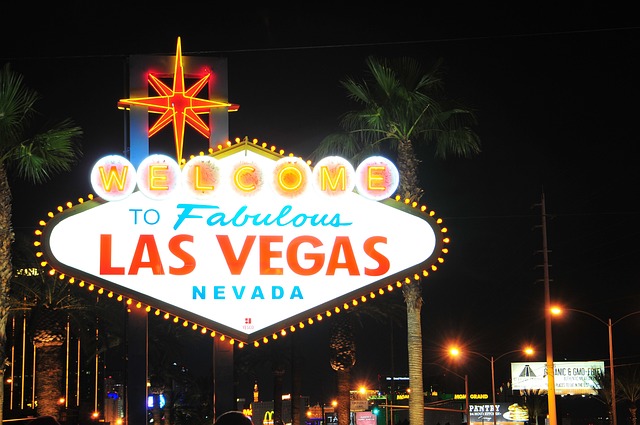In the glittering network of casinos, where every element shines with the intent to seduce, the psychology of design plays an underrated but powerful symphony. Online casinos, transposing this art into the digital, offers a stage where strategy is not only in the game, but in the environment itself that invites the click. We travel through the history and corridors of these temples of gaming, where design is not only aesthetics, but an arrow aimed at the heart of the player.
The Dawn of Strategic Design: The Flamingo in Las Vegas
In 1946, Bugsy Siegel didn’t just open a casino; he launched a psychological experiment with the Flamingo in Las Vegas. He was the first to understand that luxury could numb inhibitions, inviting players to forget the value of money. In his halls, the fiery red of the carpets and the hopeful green of the gaming tables were not random choices. They were calculations to stimulate adrenaline and comfort, a visual embrace that promised euphoria and security.
The Sounds of Success: The Song of Modern Siren

Let’s move forward to the 1970s, when psychologists discovered the power of sound. Slot machines, with their cheerful jingles and the clang of coins, were designed to mimic the sirens’ calls. Each sound is an invisible thread that pulls players deeper into the game, making them feel like winners even when they lose. This is not just sound; it is a gentle manipulation, a melody that plays directly with the neuroscience of the visitors.
Friedman’s Labyrinth: Losing Your Sense of Time
In the next decade, Bill Friedman revolutionized casino design with his labyrinth theory. Without clocks, windows, or direct paths, his casinos were an invitation to wander, to get lost among the slots and tables, to forget the outside world. This wasn’t architecture; it was choreography. Every passageway, every curved corner, designed not just to confuse, but to enchant, keeping players hooked with the promise that the next big score was just around the corner.
Roger Thomas’s Refinement: The Casino as an Oasis

With the arrival of the new millennium, Roger Thomas proposed a revolution: casinos as open, welcoming spaces. Far from chaos and claustrophobia, his designs were havens of elegance. This paradigm shift showed that players shouldn’t be manipulated with trickery, but rather lured in with beauty and style. This was a delicate dance between freedom and temptation, where every detail, from the layout of the games to the artistic choice, was designed to make players feel valued, respected, encouraged to stay not out of confusion, but for pleasure.
The digital future: the casino in the age of the click
Today, as platforms bring the intricacies of design and psychology into the digital realm, the challenge remains the same: how do you shape the environment to maximize engagement without losing the humanity of the game? In online casinos, bright colors, catchy sounds and intuitive interfaces are the new architects of experiences. But beyond the lights and tunes, it is the deep understanding of human behavior that continues to drive the industry, ensuring that every click is not just an action, but an experience.
